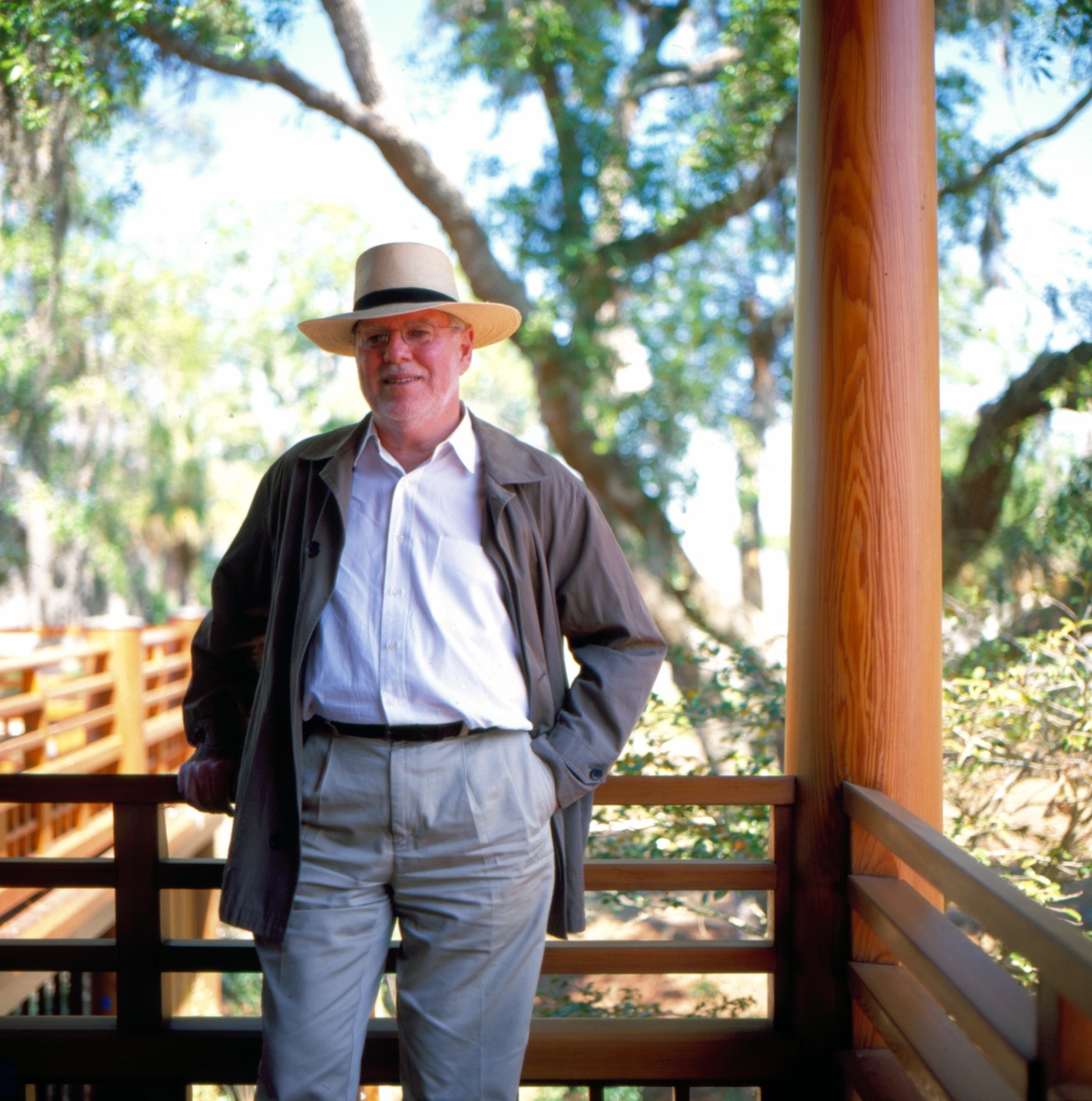 |
| Hanwell Castle - photo citation |
An exciting and ambitious garden archaeology project is featured in today's edition of the Banbury Guardian. One of the sad things about gardens and garden history is how often down the centuries gardens are destroyed - by a decline in fortunes, lack of interest leading to neglect, wars, and straightforward changes in fashion.
One of the big gaps in extant gardens in Britain are those from the 17th century. So many were lost during the Civil War and subsequent Commonwealth when ornamental gardens were far too frivolous for Puritans tastes; and those that did survive we subsequently landscaped according to 18th century fashions.
This makes the archæological survey and dig at Hanwell Castle in Oxfordshire all the more exciting. The gardens are privately owned and closed to the public but for those who really want to get to grips with the project and the garden’s history, the archæologist in charge of the dig, Stephen Wass, has put together an infomration-filled website - The Hanwell Park Project. Do have a good burrow and learn all about what has all the signs of becoming a fascinating exercise ain garden archæology and history.
All I hope now is that the owner of the garden may see it in her heart to open the garden occasionally so that us keen garden historians can sate our interest.
One of the big gaps in extant gardens in Britain are those from the 17th century. So many were lost during the Civil War and subsequent Commonwealth when ornamental gardens were far too frivolous for Puritans tastes; and those that did survive we subsequently landscaped according to 18th century fashions.
This makes the archæological survey and dig at Hanwell Castle in Oxfordshire all the more exciting. The gardens are privately owned and closed to the public but for those who really want to get to grips with the project and the garden’s history, the archæologist in charge of the dig, Stephen Wass, has put together an infomration-filled website - The Hanwell Park Project. Do have a good burrow and learn all about what has all the signs of becoming a fascinating exercise ain garden archæology and history.
All I hope now is that the owner of the garden may see it in her heart to open the garden occasionally so that us keen garden historians can sate our interest.





-banner.jpg)




